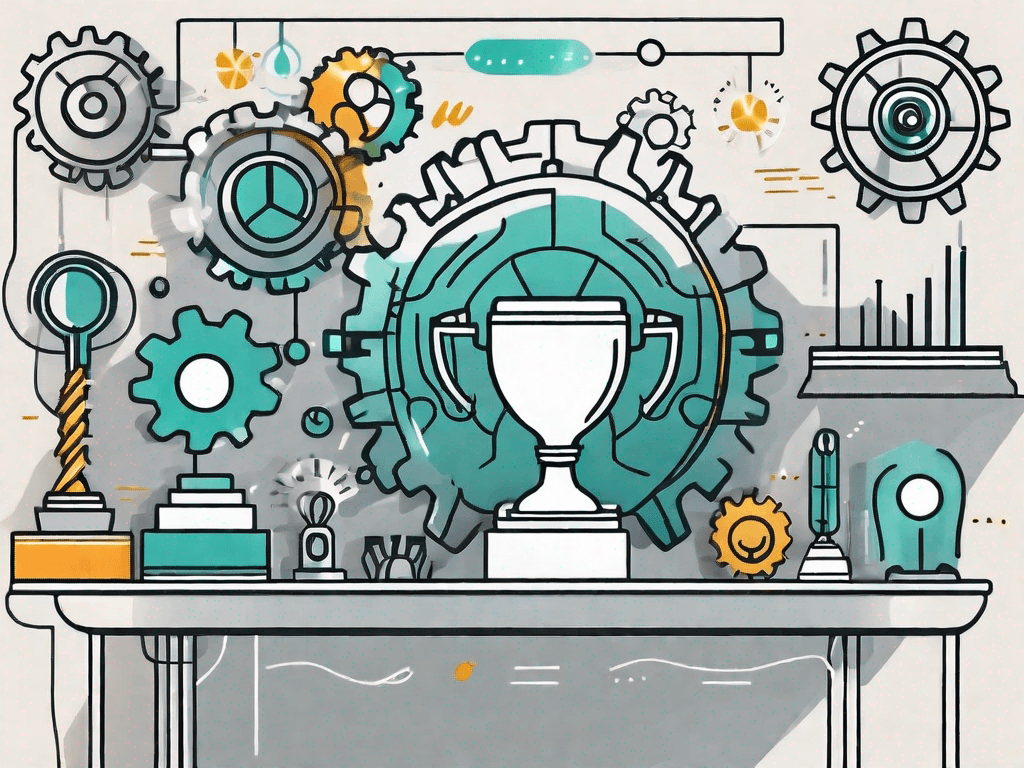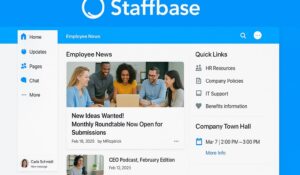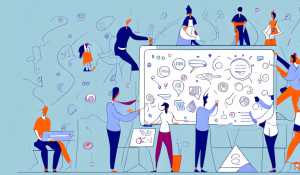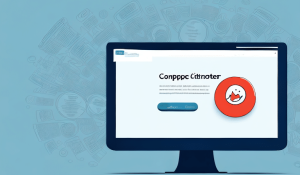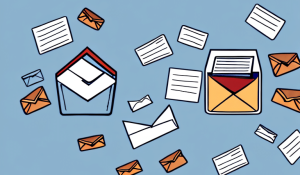One question on every HR Manager’s mind these days is, “How do we improve morale, retain top performers, and boost productivity?” One of the most powerful levers is workplace recognition. Acknowledging employees for their hard work and achievements not only lifts spirits but also drives measurable business outcomes.
👉 For a broader view of how recognition fits into overall strategies, explore our employee recognition software guide.
What is Workplace Recognition?
Workplace recognition is the practice of appreciating employees’ contributions—both big and small. It includes formal recognition programs (like employee of the month awards, spot awards, or performance-based bonuses) and informal recognition (a quick thank you in a meeting, a note of appreciation, or peer-to-peer shoutouts).
Regardless of form, recognition reinforces desired behaviors, strengthens teamwork, and gives employees a sense of purpose. Research shows that organizations with strong recognition practices see up to 31% lower turnover and employees who are 12× more likely to deliver stronger business outcomes.
👉 Many organizations bring consistency to recognition by adopting an employee recognition platform that makes it easy to celebrate wins at scale.
Why is Recognition Important in the Workplace?
Recognition satisfies fundamental human needs for validation and belonging. When employees feel seen and appreciated:
- Morale rises — they feel proud and motivated.
- Engagement deepens — employees are more likely to be productive and innovative.
- Retention improves — valued employees stay longer, reducing costly turnover.
Recognition also fosters a sense of loyalty. According to Great Place to Work, employees who feel appreciated are more emotionally connected to their company, creating a stronger culture and higher performance across teams.
The Impact of Recognition on Productivity
Productivity is a natural outcome of engaged, motivated employees. Recognition fuels intrinsic motivation, encouraging employees to go the extra mile. It creates a cycle:
- Effort → Recognition → Motivation → Higher performance.
- Observing peers being recognized inspires others to strive for excellence.
In fact, recognition programs can reduce absenteeism by up to 78% and burnout by 80% (Benepass). Companies with strong recognition cultures have seen employee engagement jump by as much as 784%.
👉 Looking for more tactical ways to recognize? Check out our guide to employee reward ideas.
Elements of an Effective Recognition Program
To be effective, workplace recognition should:
- Be timely – recognize soon after the achievement.
- Be specific – highlight what exactly was done well.
- Offer variety – mix public and private, monetary and non-monetary.
- Align with company values – celebrate behaviors that drive culture.
Tailoring recognition to individual preferences (public praise vs. private acknowledgment, experiences vs. tangible rewards) ensures every employee feels valued in a meaningful way.
👉 Want inspiration? Explore our guide to employee recognition programs.
Overcoming Common Challenges
Many organizations struggle with:
- Resistance to change – employees may be skeptical of new programs.
- Limited resources – time and budget constraints.
- Weak leadership support – without leaders modeling recognition, programs fizzle.
Solutions include leadership involvement, training managers, empowering peer-to-peer recognition, and using technology to make recognition easy and measurable. See our breakdown of how to build an employee reward system to overcome these hurdles.
Measuring Success & Continuous Improvement
Recognition programs should evolve over time. Key metrics to track include:
- Employee satisfaction (via surveys and feedback).
- Productivity and performance metrics.
- Retention and turnover rates.
Feedback loops and regular program reviews help keep recognition fresh, relevant, and impactful. For a template you can use right away, explore our employee recognition survey guide.
Scaling Recognition with HubEngage
Recognition programs work best when they’re consistent, visible, and easy to manage. That’s where HubEngage comes in. Our employee recognition hub streamlines recognition workflows, integrates rewards, and provides analytics to measure impact—all in one platform.
👉 Ready to take recognition to the next level? See how our employee recognition platform can transform your culture.
Conclusion
The power of workplace recognition lies in its ability to make employees feel valued while delivering tangible business outcomes. It’s more than a nice-to-have—it’s a strategic driver of morale, retention, and performance. By embedding recognition into daily culture and scaling it with the right tools, organizations can create an environment where employees thrive.
Transform Your Workplace with HubEngage and discover how seamless recognition can power your organization’s success.
FAQs
Why is recognition important in the workplace?
Recognition boosts morale, strengthens engagement, and reduces turnover. Employees who feel valued are more loyal and productive, which directly impacts company performance.
What are examples of workplace recognition?
Examples include spot awards, peer-to-peer shoutouts, employee of the month programs, thank-you notes, and public praise in team meetings.
How do recognition programs improve retention?
When employees feel recognized and appreciated, they are more likely to stay with their employer long-term. Recognition builds loyalty and a positive workplace culture.
Can technology help with recognition?
Yes. Using an employee recognition platform makes it easy to streamline recognition, integrate rewards, and track program success with data-driven insights.

